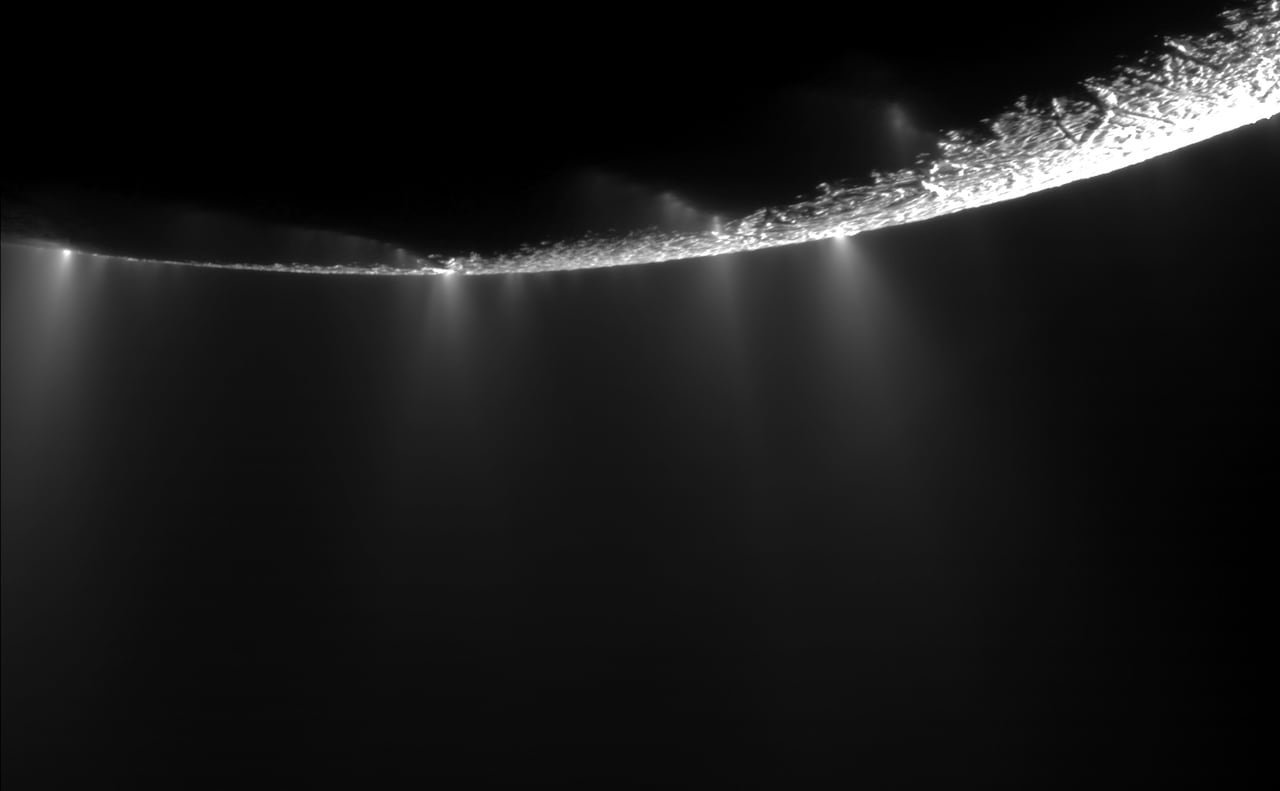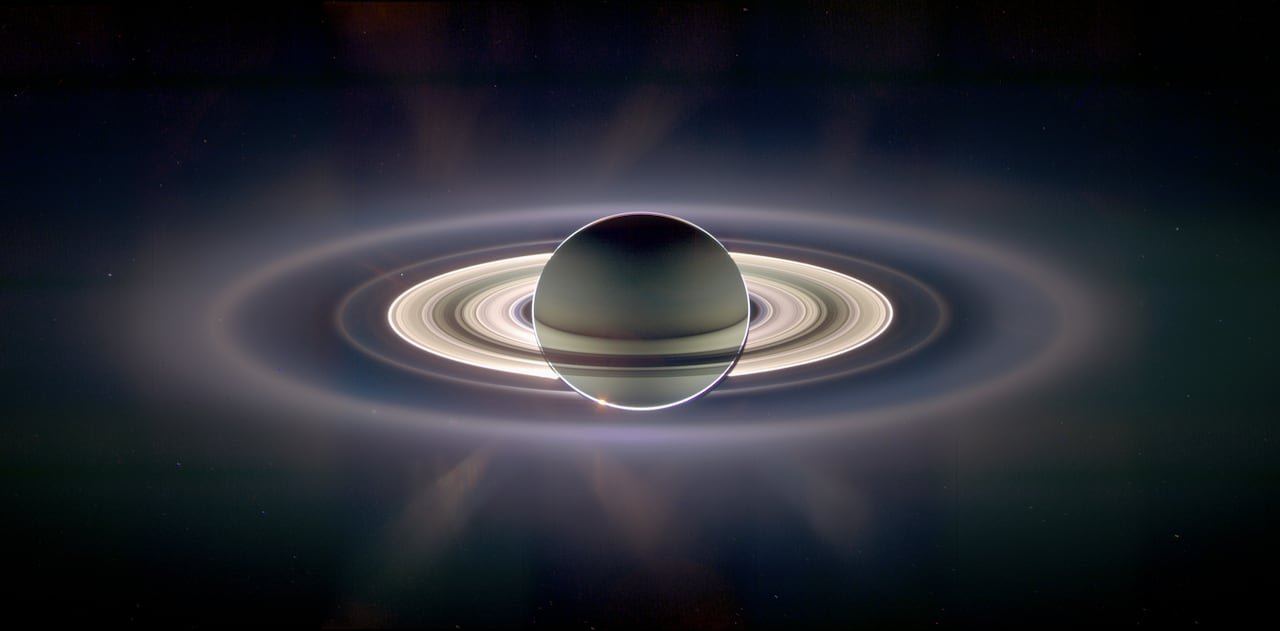A recent study has revealed new types of organic compounds in icy plumes erupting from Saturn’s moon Enceladus, strengthening the possibility that this moon could provide suitable conditions for life. The findings, disclosed on Wednesday, stem from data collected by NASA’s Cassini spacecraft in 2008 during a close flyby of Enceladus. This small moon, one of Saturn’s 274 satellites, has long been recognized as a promising candidate in the quest for extraterrestrial life due to its subsurface ocean and geysers spouting water near its southern pole.
Although Enceladus is deemed habitable, the presence of life remains uncertain. Fabian Klenner from the University of Washington, a contributor to the research, emphasized the distinction between being habitable and being inhabited, stating that while they believe Enceladus is habitable, the existence of life is still undetermined.
An international team conducted a fresh analysis of small ice particles collected by Cassini as it traversed through the moon’s geysers. These newly discovered particles, which collided with Cassini’s cosmic dust analyzer at a speed of 64,800 km/h, were younger than the older particles found in one of Saturn’s outer rings. The increased velocity of the particles provided researchers with a clearer insight into the chemical composition present in the plumes.

While organic molecules had previously been identified in the older geyser particles, concerns were raised regarding the potential alteration of these molecules by space radiation over time. The researchers found some of the same molecules in the newly discovered particles, confirming their origin from Enceladus’s subsurface ocean, along with the presence of new chemical compounds. These findings were recently detailed in a publication in Nature Astronomy.
‘Extraordinary Discovery’
Enceladus, an ice-covered moon with a rocky core spanning just 500 kilometers, is suspected of harboring hydrothermal vents on its ocean floor, similar to those found in the Arctic. The moon’s jets of water vapor and frozen particles can extend for thousands of kilometers into space.
Nozair Khawaja, the lead author from the Free University of Berlin, expressed confidence that the identified molecules originated from Enceladus’s subsurface ocean, thereby enhancing its potential habitability.
The researchers advocate for new missions to further investigate Enceladus. Although Cassini, launched in 1997, has completed its mission and was deliberately plunged into Saturn in 2017, there are plans for future missions to this intriguing moon. The European Space Agency is contemplating a mission to land on Enceladus in the coming decades, and China has also proposed a landing mission.

Fabian Klenner described the presence of a variety of organic compounds on
